Are your bioactive plants fading away despite your best efforts? Many plant fans face this common problem.
We’ll find the reasons behind your bioactive plants’ decline and how to revive them.
Bioactive plants add a touch of nature’s beauty to our homes, but they can be twisted. They need the right amount of light, water, and love to grow.
We will identify the common reasons why bioactive plants might be struggling and help you determine how to fix the issues.
We will also discuss the importance of the right kind of soil and containers.
You’ll understand the care needed to help your terrarium plants thrive.
Incorrect Plant Selection

Many plant lovers make a common mistake when setting up terrariums or vivariums.
They often choose the wrong plants because not all plants can grow in these little gardens.
To avoid this, consider the plant’s needs, like how much water, light, and relief they require.
Research and select plants that like the same conditions you’ve created. Some good plant choices for these setups include Pothos, Snake Plant, and Fittonia.
These hardy plants can handle the unique conditions of a terrarium or vivarium. Choosing the right plants leads to a healthier and happier mini-ecosystem.
Your plants will grow well, and your tiny place will be green and lively.
So, before you start planting, make sure you’ve picked plants that will do well in your garden.
Inadequate Lighting
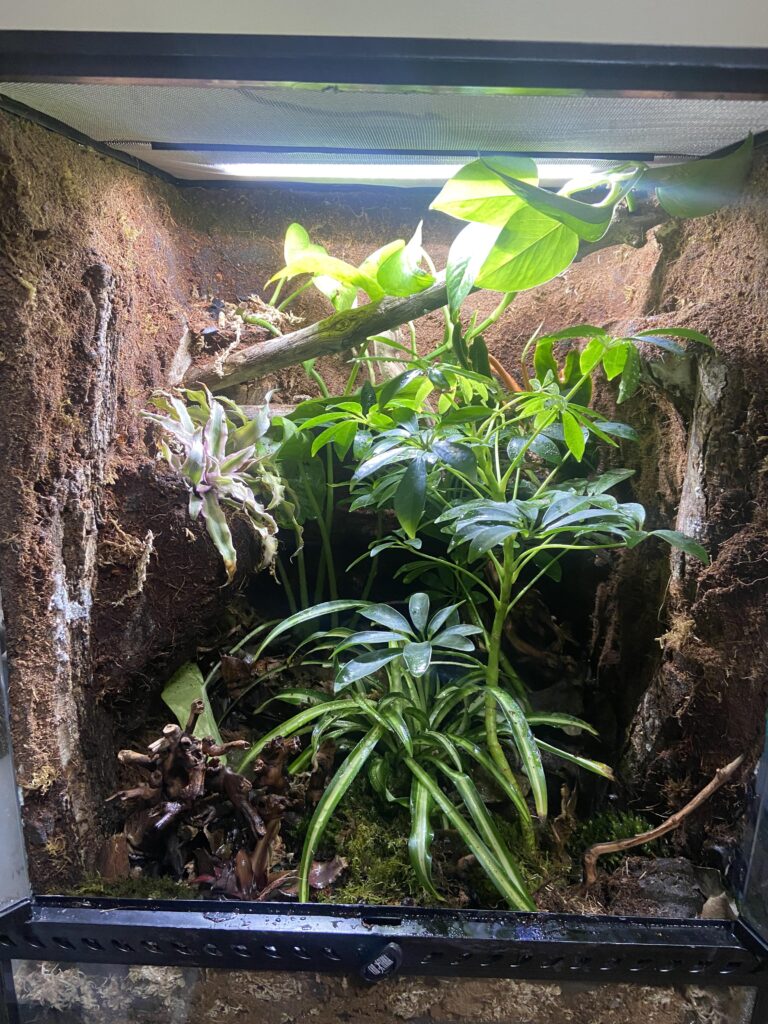
Good light is super important for the health of bioactive plants. Many people use fake sunlight in setups to copy real sunshine.
But it’s really important to get the light just right for the plants. Most bioactive plants love a special kind of light called full-spectrum grow lights.
These lights have all the colors that plants need to grow.
Another thing to remember is how far the light is from the plants. If it’s too close, they can get too much light and get hurt.
But if it’s too far, they won’t get enough light to grow big and strong. Make sure the lighting is just right for your bioactive plants when you set up the lights.
That way, they’ll be happy and healthy.
Poor Soil Quality

The dirt you pick for your bioactive setup matters greatly for your plant’s health.
If the dirt doesn’t let water pass through, has the wrong acidity, or isn’t the right kind, your plant’s roots might get sick or have other problems.
To ensure your plants stay happy, use dirt made for terrariums or vivariums because it lets water drain well.
You can also put some clay balls or gravel at the bottom to stop too much water from causing trouble.
And don’t forget to check the dirt’s acidity to ensure it’s just right for your plant.
Overwatering or Underwatering
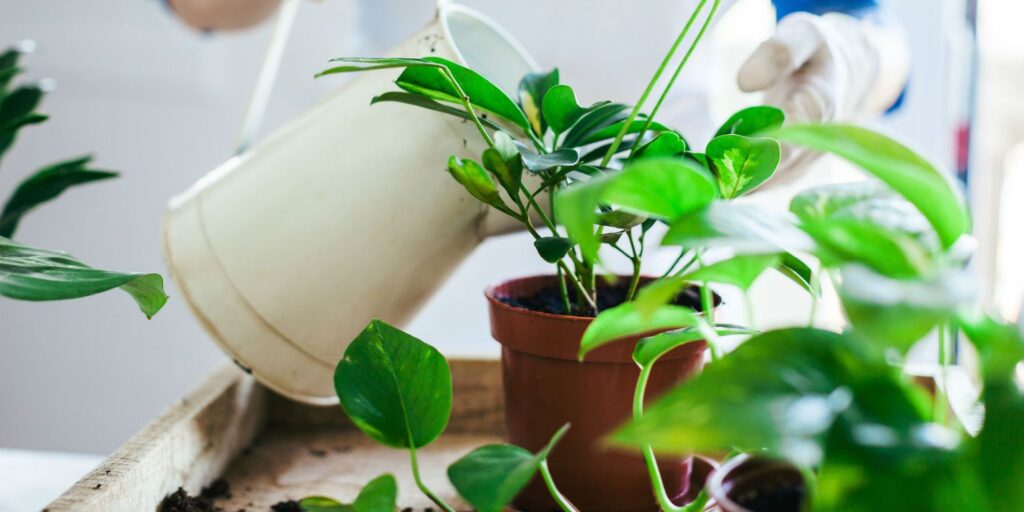
Taking care of your bioactive plants means giving them the right amount of water.
Too much water can hurt their roots and cause mold, while too little can make them droop and dry out.
How often and how much you water depends on the type of plant and how damp the place where it lives.
You can use a hygrometer to check how damp it is and adjust your watering.
Also, now and then, you can spray a little water inside the terrarium to keep the right amount of moisture.
Just pay attention to your plants and the humidity, and they should do great.
Lack of Maintenance
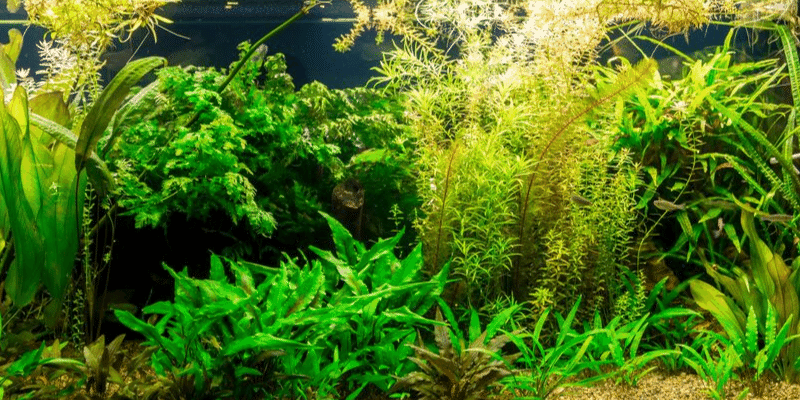
Taking care of your plants is super important and not too tough.
Just check on them often to make sure they’re not getting bugs, sick, or hungry. If you see any sick-looking leaves, snip them off.
And if your plants start growing too big and wild, give them a little trim to keep them looking neat and healthy.
Now and then, consider adding some natural stuff or plant food to the soil to keep it healthy.
With a bit of attention, your plants will grow and make your space look great.
Incompatible Animals
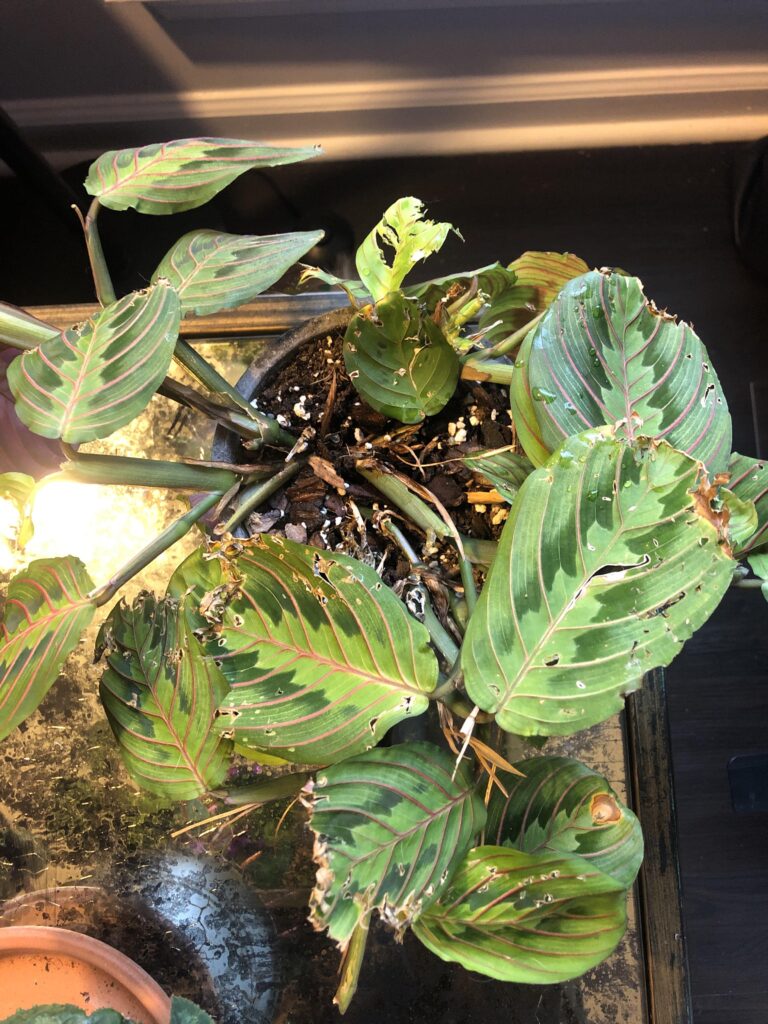
Having animals around can sometimes harm your plants.
If your animals like eating plants or messing around with them, it’s a good idea to choose strong plants or put up fences to keep them safe.
This way, your plants will stay healthy while living with your animals. Picking the right plants means choosing ones that can handle some rough treatment.
If you don’t want to rely on strong plants, you can use things like fences or nets to keep your animals away from your fine plants.
By making these smart choices, you’ll create a place where both your animals and plants can live happily, making your home a nice and welcoming space for everyone.
If you’re inspired by the idea of having a lush, self-sustaining plant environment in your home, learning to make your terrarium is a great start.
Our complete guide will help you select the right plants, set up your container, and ensure the success of your mini-ecosystem.
Conclusion
If your bioactive plants are struggling or dying, don’t worry. It’s all about giving them the right care.
Plants need proper light, water, and soil to grow.
Too much or too little of these can harm them. Check if your plants get the right amount of sunlight and water regularly.
Also, be sure to use good-quality soil. Sometimes, plants need a little boost with fertilizer but don’t overdo it.
Follow the instructions on the label.
Each plant is unique, so it might take some trial and error to determine its needs.
With some love and care, your bioactive plants can bounce back and flourish, adding beauty and life to your space.

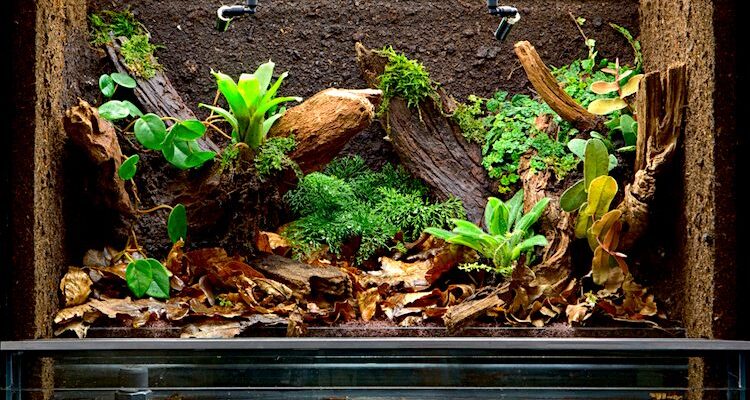


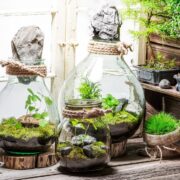


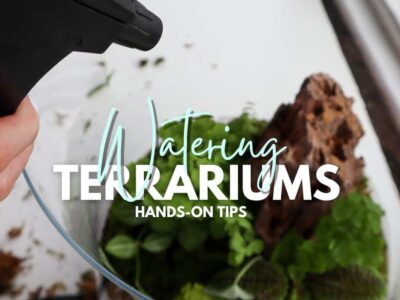
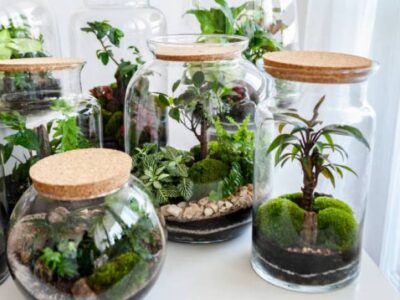

Comments